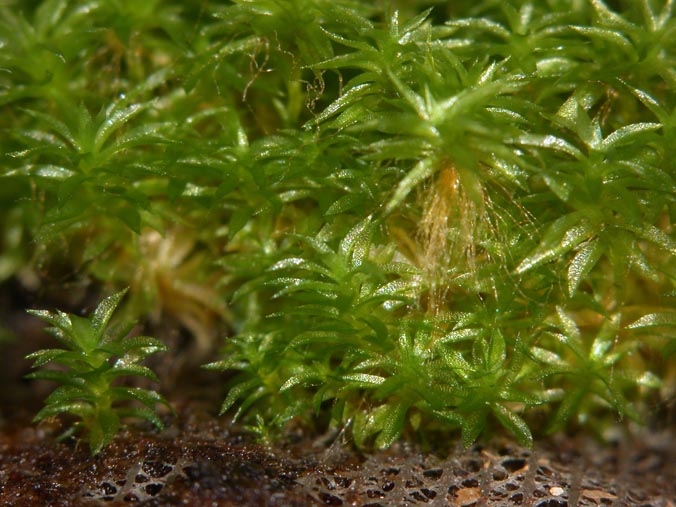In the mitochondria and chloroplasts of plants, a roundabout correction mechanism leaves DNA errors alone, but busily weeds away the corresponding errors in RNA transcripts. Parts of this mechanism have been transferred from a moss, Physcomitrella patens, into a bacterium, Escherichia coli. Intriguingly, the moss’ RNA-editing components work well in bacteria, without the need for additional enzymes, as some researchers had anticipated. The ease with which the RNA-editing components may be transferred is bound to encourage additional research that may explain why plants rely on such a complicated correction mechanism. Also, future work may establish transcript editing in other genetic systems.
The current grafting project was carried out by scientists based at the University of Bonn. “We are only just beginning to understand why [this RNA-editing mechanism] exists and how it functions in detail,” said Volker Knoop, PhD, a researcher at the university’s Institute for Cellular and Molecular Botany. For example, it is unclear why plants would rely on a system of RNA correction, one that may involve 500 or more different RNA proofreaders.
Before the current work, most researchers assumed that RNA editing is usually a two-step process: The editors, the so-called pentatricopeptide (PPR) proteins, recognize the error. Then, the editors call on a kind of RNA “correction fluid” for help. In this case, the PPR that was transferred was evaluated for whether it could perform efficient cytidine-to-uridine editing without the help of an enzyme called cytidine desaminase.
As it turned out, the PPR worked by itself. Evidence was presented March 1 in the journal Communications Biology, in an article titled, “Plant-type pentatricopeptide repeat proteins with a DYW domain drive C-to-U RNA editing in Escherichia coli.”
“Single amino acid exchanges in the DYW domain abolish RNA editing, confirming it as the functional cytidine deaminase,” the article’s authors wrote. “The modification of RNA targets and the identification of numerous off-targets in the E. coli transcriptome reveal nucleotide identities critical for RNA recognition and cytidine conversion.”
Some PPR proteins have a certain sequence of amino acids at their end which are known to theoretically act as cytidine desaminase, which means they may always carry their bottle of correction fluid with them. “We were, in fact, able to show that this group of PPR proteins is able to edit the RNA of E. coli,” said Knoop’s colleague, Mareike Schallenberg-Rüdinger, PhD, a postdoctorate at the University of Bonn. “So, it does not need a separate desaminase to do this.” However, if the scientists changed even one of the important correction fluid amino acids, the PPR protein lost its ability to correct.
The researchers also succeeded in programming PPR proteins in such a way that they were able to detect specific errors. “Experiments such as these help us to better understand RNA editing,” explained Knoop. “The model organism E. coli also helps us in this process, as it would be much more difficult to carry out these experiments in plants.”
In the medium term, the scientists also hope to find an answer to the question as to why this elaborate editorial machinery developed in the course of evolution. There are some theories on this: For example, RNA editing might enable plants to “collect” mutations. Over time, combinations of many different changes may form that would individually be harmful or even fatal, but in their sum provide the plant with a survival advantage.
The cumbersome process would, therefore, have an important purpose: as a playground for evolution.


